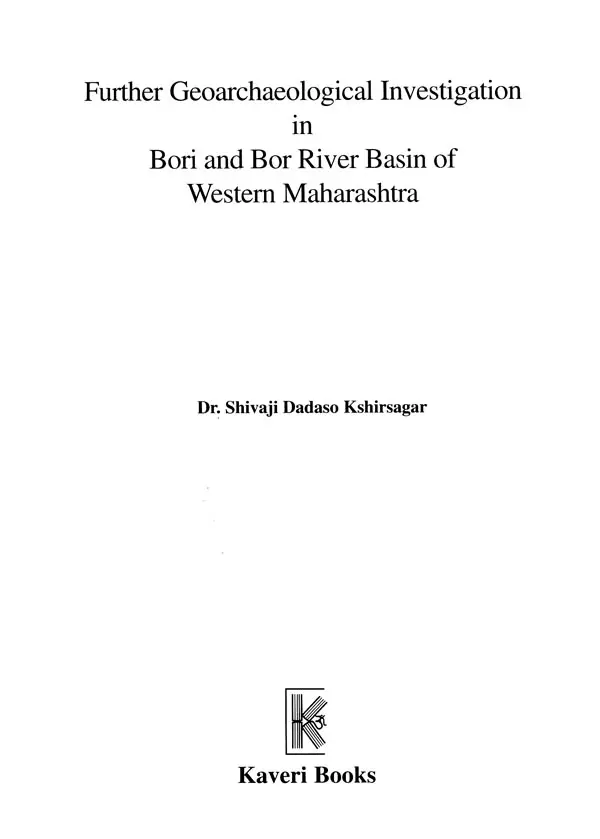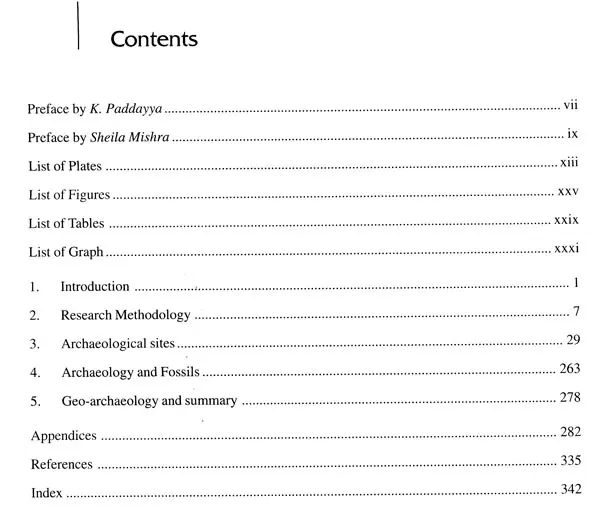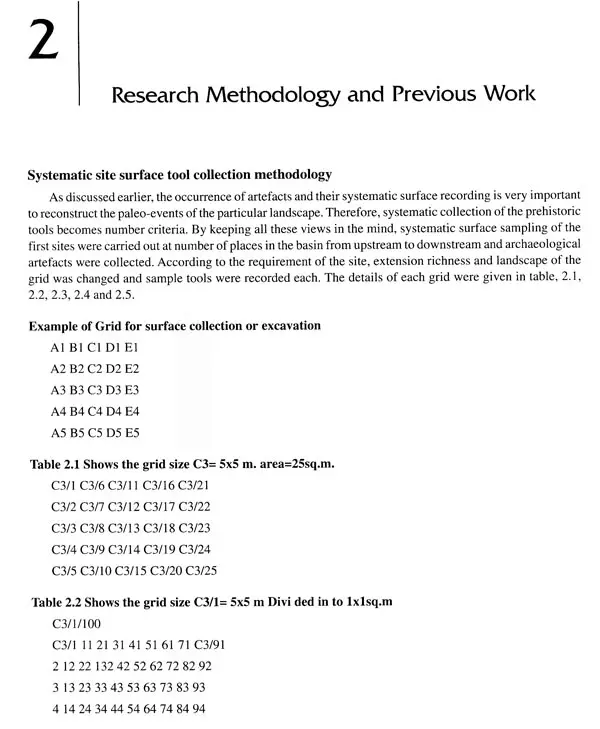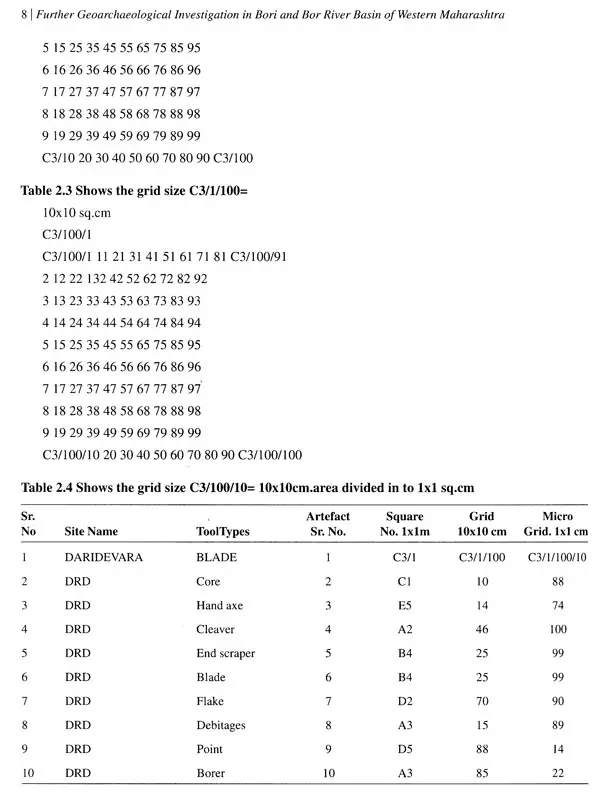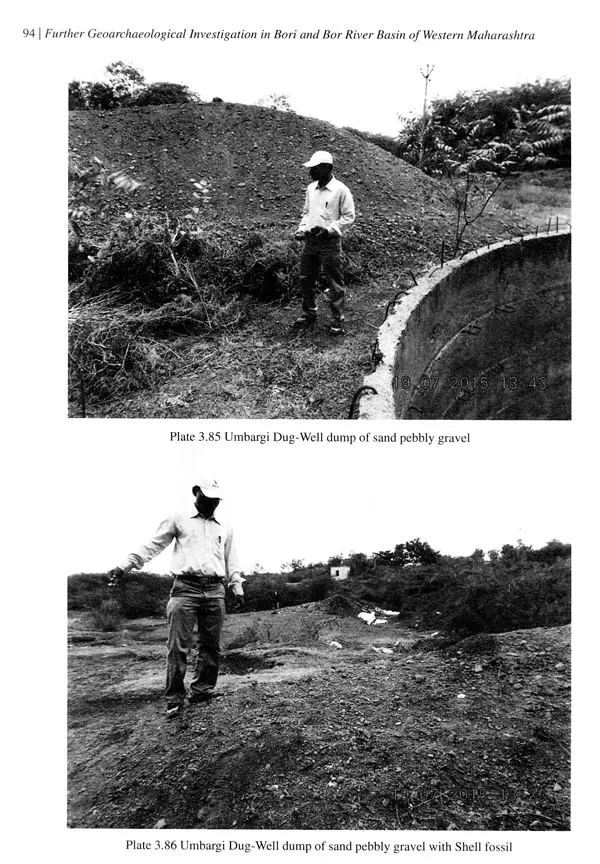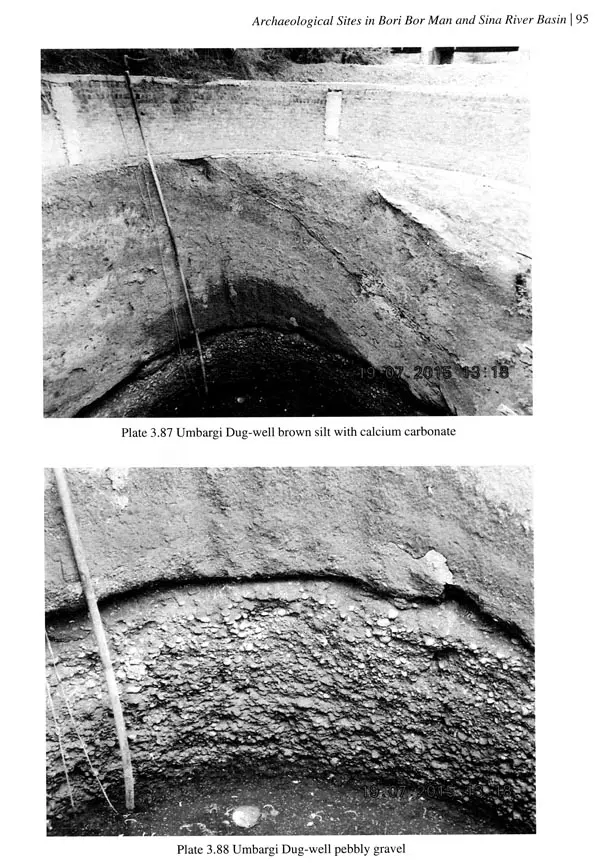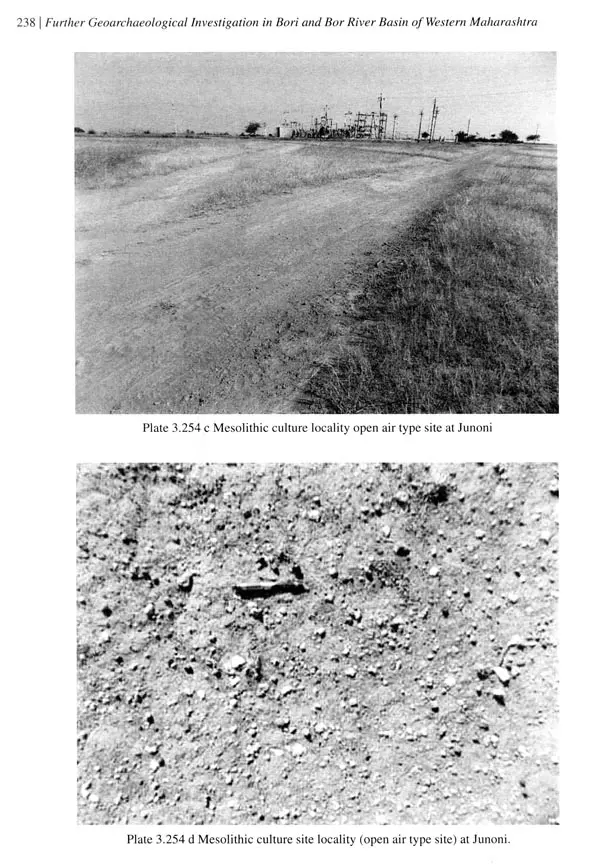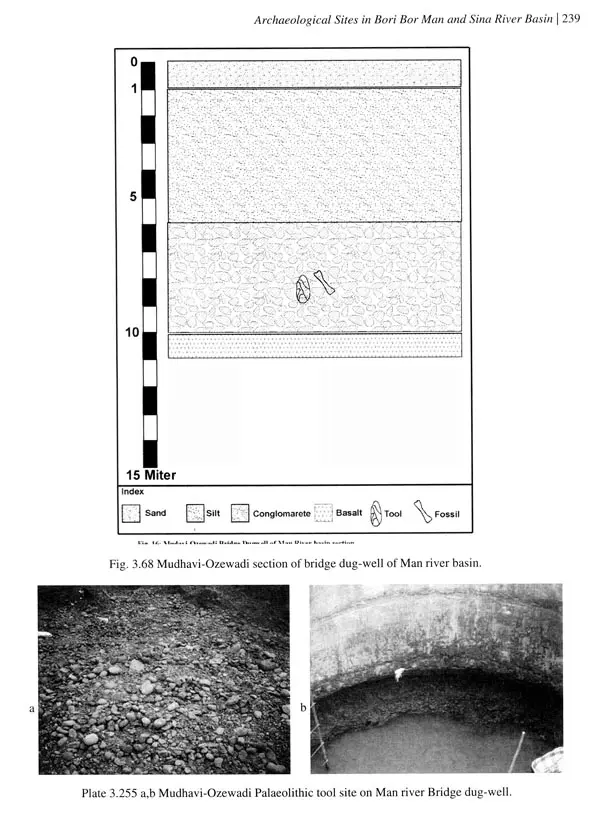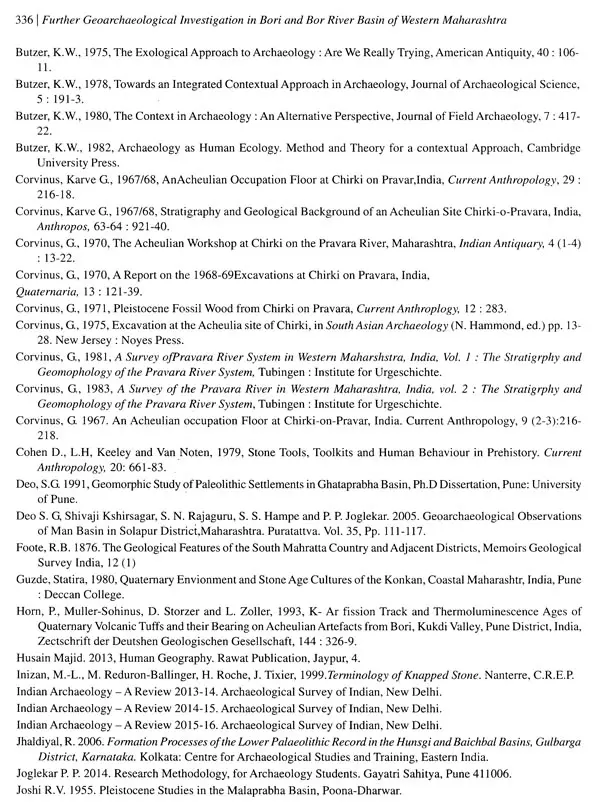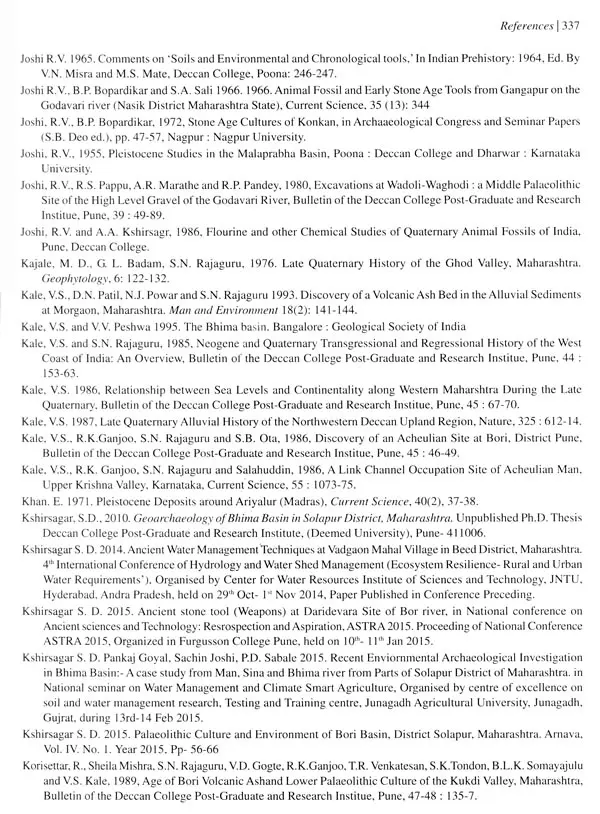
Further Geo Archaeological Investigation in Bori and Bor River Basin of Western Maharashtra
Book Specification
| Item Code: | UAM552 |
| Author: | Shivaji Dadaso Kshirsagar |
| Publisher: | Kaveri Books |
| Language: | English |
| Edition: | 2018 |
| ISBN: | 9788174792082 |
| Pages: | 368 (Throughout B/w Illustrations) |
| Cover: | HARDCOVER |
| Other Details | 11.50 X 9.00 inch |
| Weight | 1.51 kg |
Book Description
This work contributes to a better understanding of Indian Palaeolithic sequence and is one of the few to report new discoveries in the recent decades. With rapid landscape modification and a reduction in exploration activities in recent times, this work is one of the few to report original, new material from exploration activities. It is hoped that this work will found useful for the archaeologists, geographers and historians.
The detailed photographs and maps which are given in the publication greatly add to the value of the publication. A number of the sites, such as Chadchan, Halalli and Havinal are likely to be important sites where future work can be carried.
In addition to stone tools, animal fossils have been discovered at a few localities. Microlithic artefacts have been found both on rocky surfaces as well as alluvium and an early Holocene date on shell was obtained from one locality.
This work contributes to a better understanding of the Indian Palaeolithic sequence and is one of the few to report new discoveries in the recent decades. With rapid landscape modification and a reduction in exploration activities in recent times this work is one of the few to report original. new material from exploration activities.
The archaeological sites in this region range from Prichistory to Medieval cultural period Besides this. few animal fossils have also been located in the river dating to middle Late Holocene Epoch. The proposed research also aims to study the typo technological analysis of tools. Exploration has been carried out especially in the middle reaches and some part of the lower reaches of Bhima basin and its tributaries It is necessary to study both human activity and the other natural processes that contribute the.
archaeological records to understand it fully. The initial landscape and style resources setting play a critical role in a human behavior. What humans like and what forms of behavior will occur in circumstances is a result of the landscape contexts. This context also plays a role in affecting how human behavior pattern is embodied in artifacts that become the archaeological records. The character and special distribution of particular activity reflected in the archaeological record is largely dependent upon the original habitation This landscape setting also influences the preservation of the records as with any set of material distributed across the earth surface. The evidence of human activities recorded in artifact patterning is subjected to process that can transform the original behavior signal in the natural process such as the weathering, erosion transportation, re-deposition and post deposition. These alterations change the pattern imposed on the archaeological records by human behaviors.
The Middle reaches of Bhima basin lie in the western part of the Deccan plateau between 400 to 1000 AMSL. The study area, the Middle Bhima river basin, is oriented towards the South-Eastern part of the Maharashtra state (Fig. 1). It covers Solapur, Osmanabad, Sangli, Satara, Beed, Ahmednagar district which are in Maharashtra and Bijapur, Gulbarga district in Karnataka state. The Bhima river originates at Bhimashankar in Pune district and flows through Solapur district. The main tributaries of Bhima river are Sina, Man, Bori and Bor River. Sina River flows in the Ashti, Jamkhed, Karjat tehsils of Ahmednagar district and Karmala, Madha, Mohol, South and North Solapur, Akkalkot tehsils of Solapur distret. Mant river flows into the Man Dhahivadi tehsils of Satara district and Atpadi, Jath tehsils of Sangli district. Bori river flows in the Tulajapur tehsil of Osmanabad district. Akkalkot tehsils of Solapur district in the Maharashtra and Afajalpur tehsils of Gulbarga district of Karnataka State Bor river flows in the Mangalweda and Sangola tehsils of Solapur district and Jath tehsil of Sangli district and Bijapur district for Karnataka state.
Geologically, the primary rock type occurred in Deccan trap of Maharashtra from upper Cretaceous to lower Eocene Periods is basalt. The more recent is alluvium deposit with intermixed kankar reported from a few regions of the study area which are capped with laterite at high places.
Book's Contents and Sample Pages
